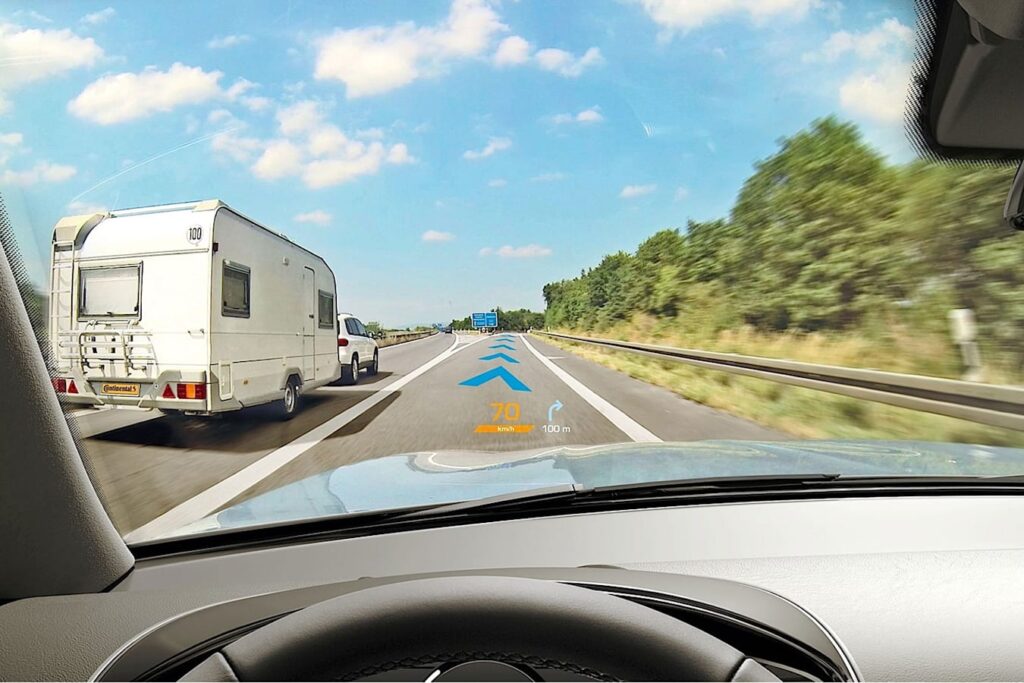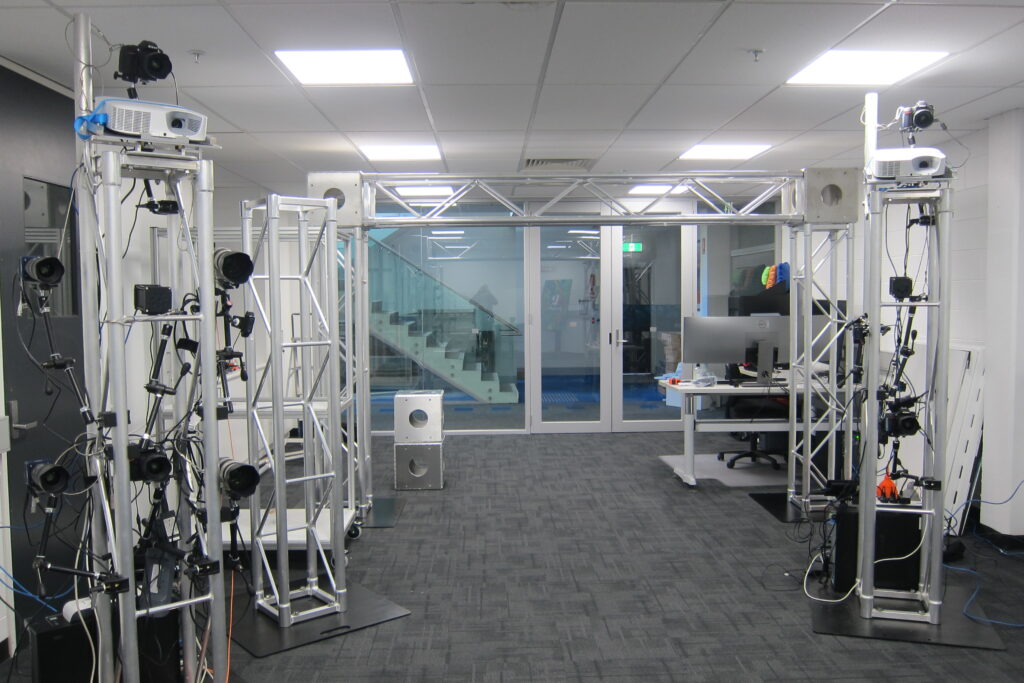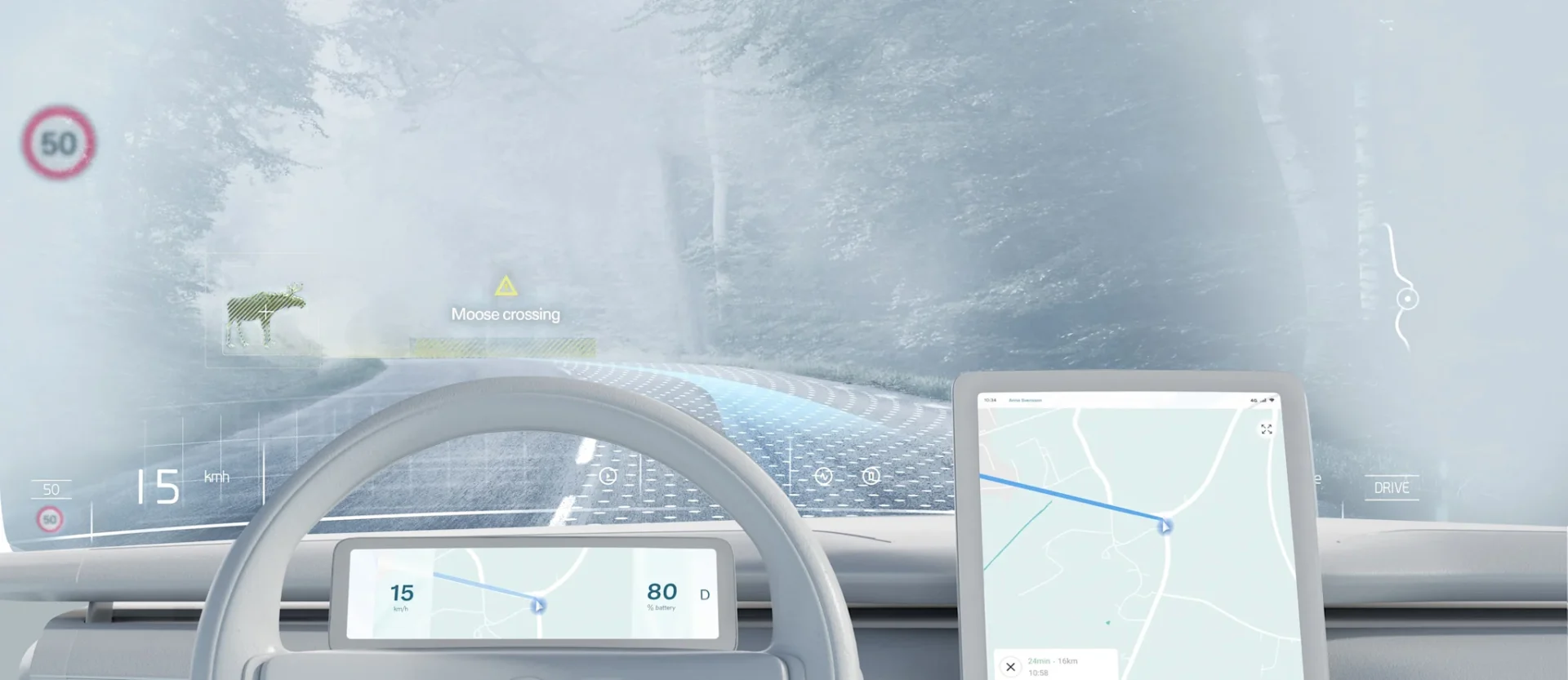Artificial intelligence and mixed reality technologies such as Augmented Reality – in which a device headset is used to improve upon, inform or enhance the real world – are fast becoming a reality in the manufacturing industry.
These technologies have already been used in mass industry such as automotive, to help assembly line workers troubleshoot any problems they may be facing in production. Along with AI analysis this technology has also been previously used to streamline complex surgeries and augmentation via a headset to ensure no details are missed. Automation coupled with well-developed AI gives a promising future for Australian agriculture and manufacture.
In an article with whichcar.com.au, Volvo have already heavily invested in such technologies with early adoption of virtual reality and AR in making cars safer for the driver with Heads Up Displays – or HUDs. Systems These keep people less distracted by keeping eyes in the road more often. A simple example of how this technology can make machine operation a safer endeavour.

With organisations such as Australia’s CSIRO – The Commonwealth Scientific and Industrial Research Organisation – heavily invested in this research, the future is moving away from traditional management methods in the mass manufacturing marketplace to virtual representations that allow management to make better informed decisions before taking a product to mass production.
The Mixed Reality Lab at CSIRO’s Data61 will enable manufacturing and other industries to create ‘Digital Twins’, or virtual replicas of physical objects and systems.
The Mixed Reality component merges the real-time interactive physical and digital worlds, allowing the user to view the digital twin via a computer or augmented reality set.
“By comparing a digital twin of a manufactured object against the original design, we can quickly, accurately and cost-effectively identify defects and map entire manufacturing processes across a global supply chain,” explained Matt Bolger, senior software engineer at CSIRO’s Data61. “Defective components can be identified in real-time and corrected, while downstream processes can be adjusted to minimise the impact of delays.”

With the ability to be scaled to the size of the object being scanned, the Mixed Reality Lab can be tailored to create products for a variety of businesses, including health, agriculture, and mining.
“Our technology can also be applied to humans to analyse their movement, using deep learning and biomechanical modelling,” said Mr Bolger.
“This could help elite athletes improve their performance and reduce workplace injuries.”
With the rapidly moving space of emerging technologies, it becomes important to maintain your workflow with a robust management system capable of growing at your pace as needed. Business management software that is capable of such growth is right here at your fingertips.








